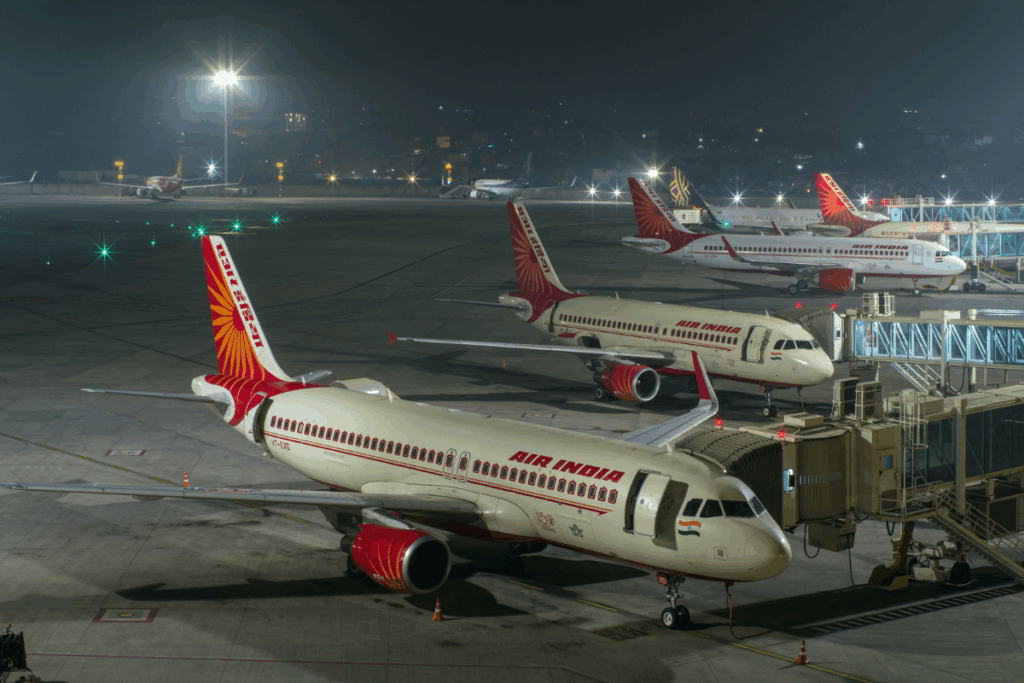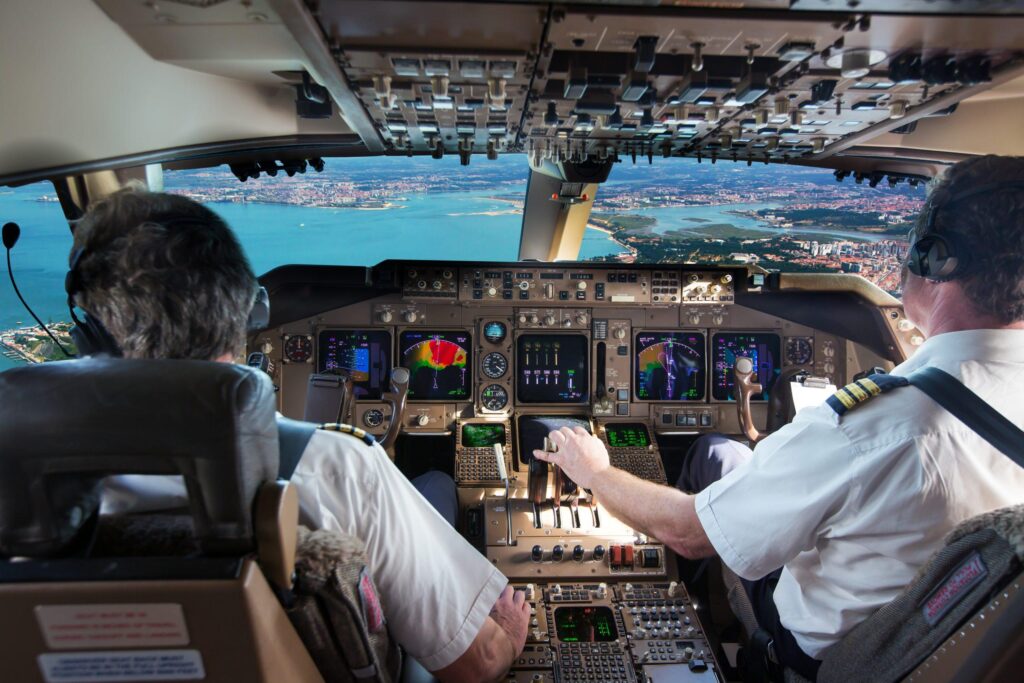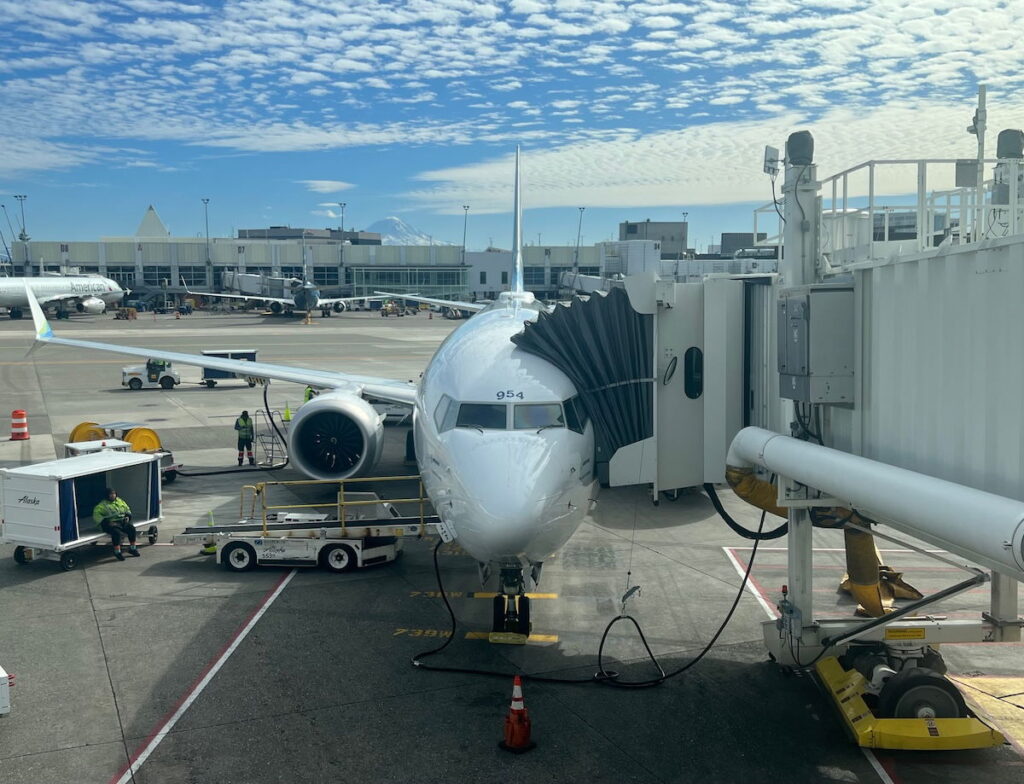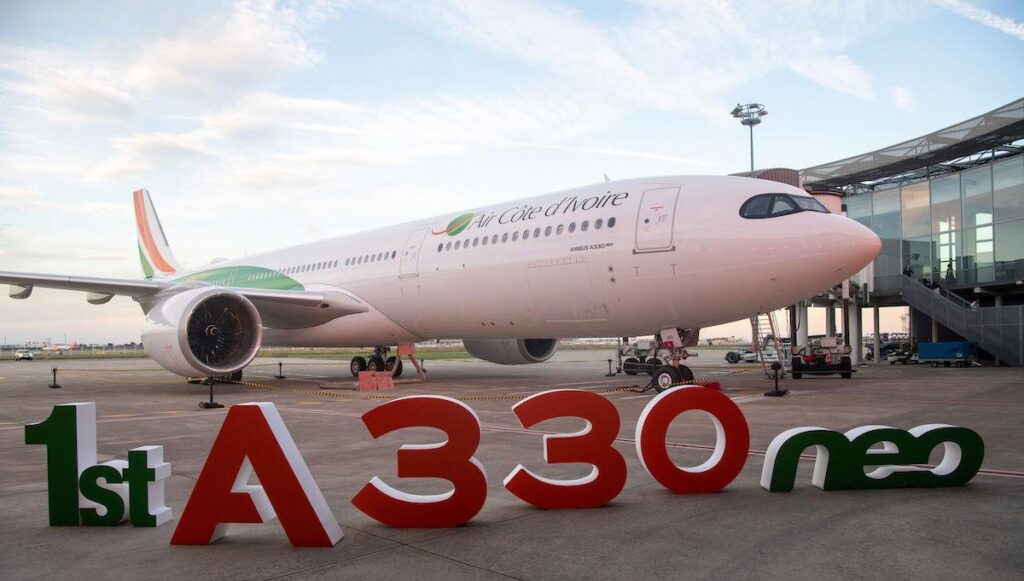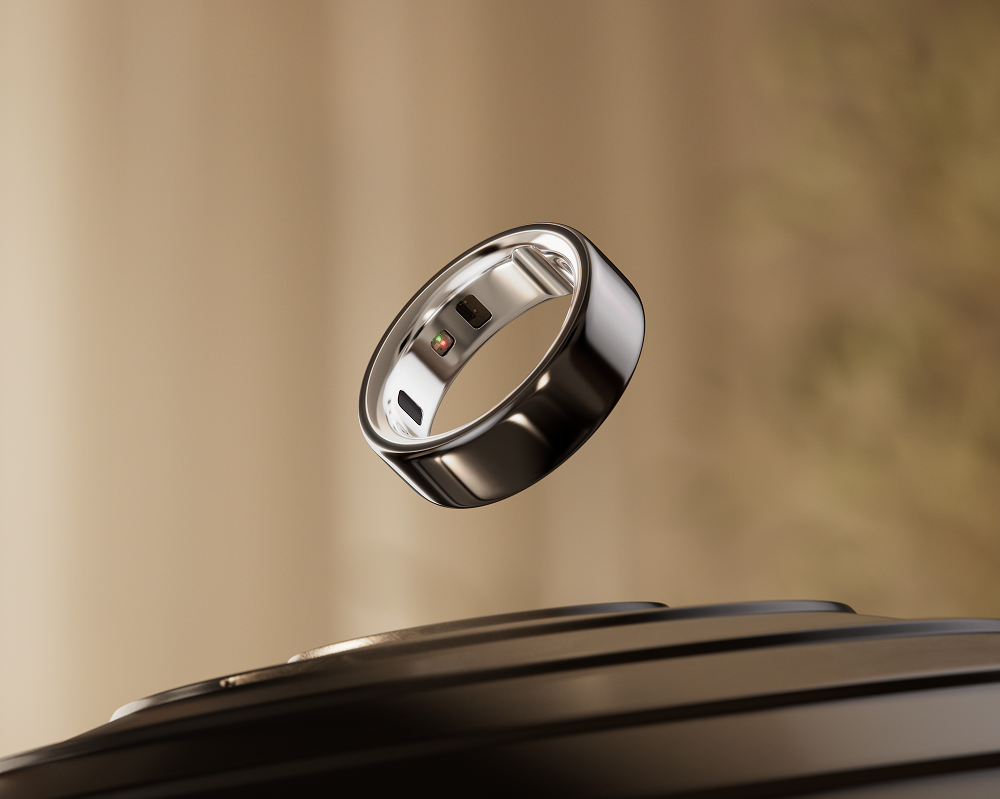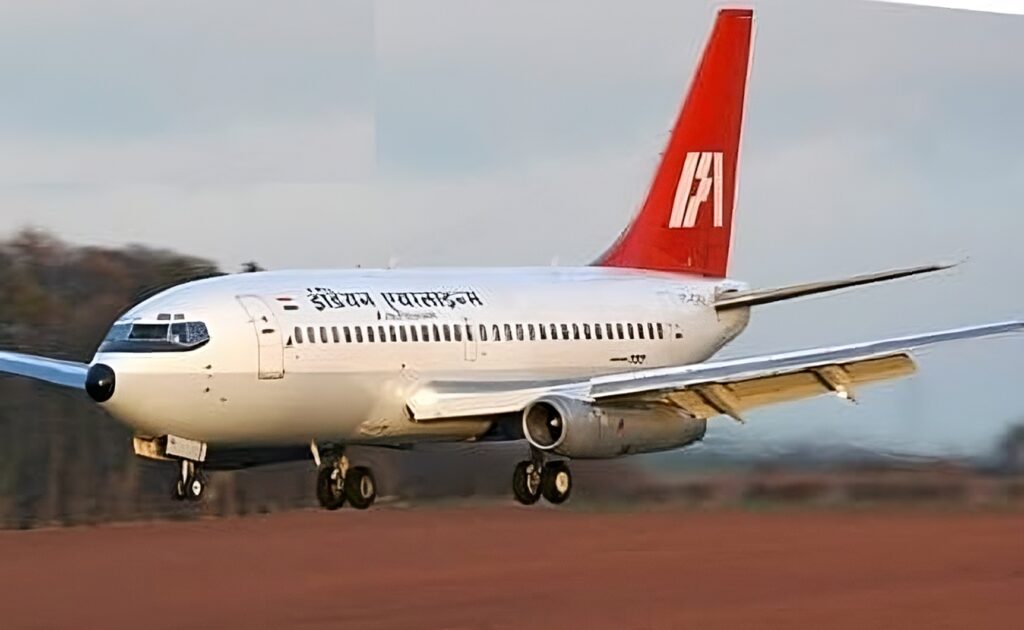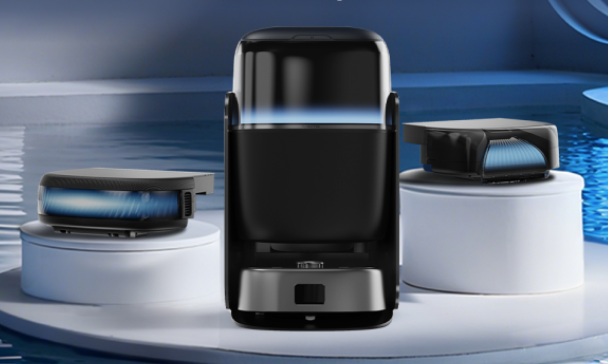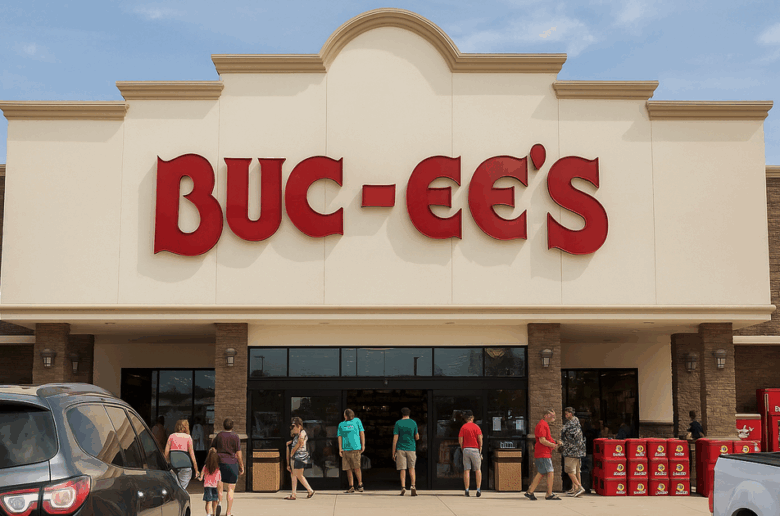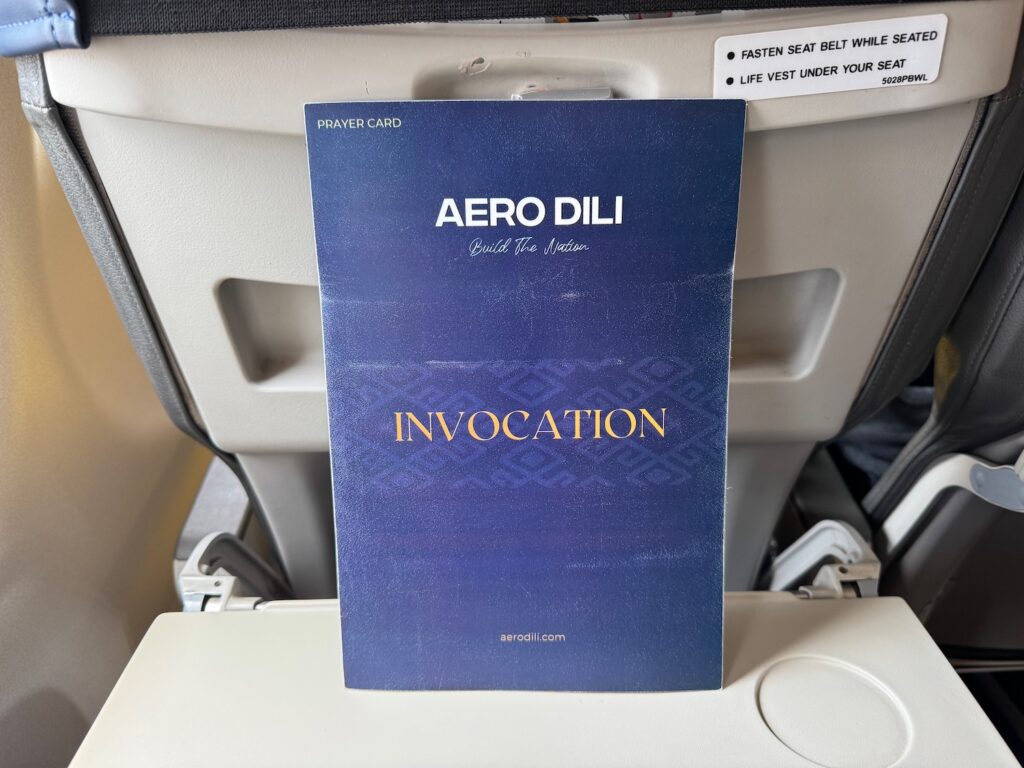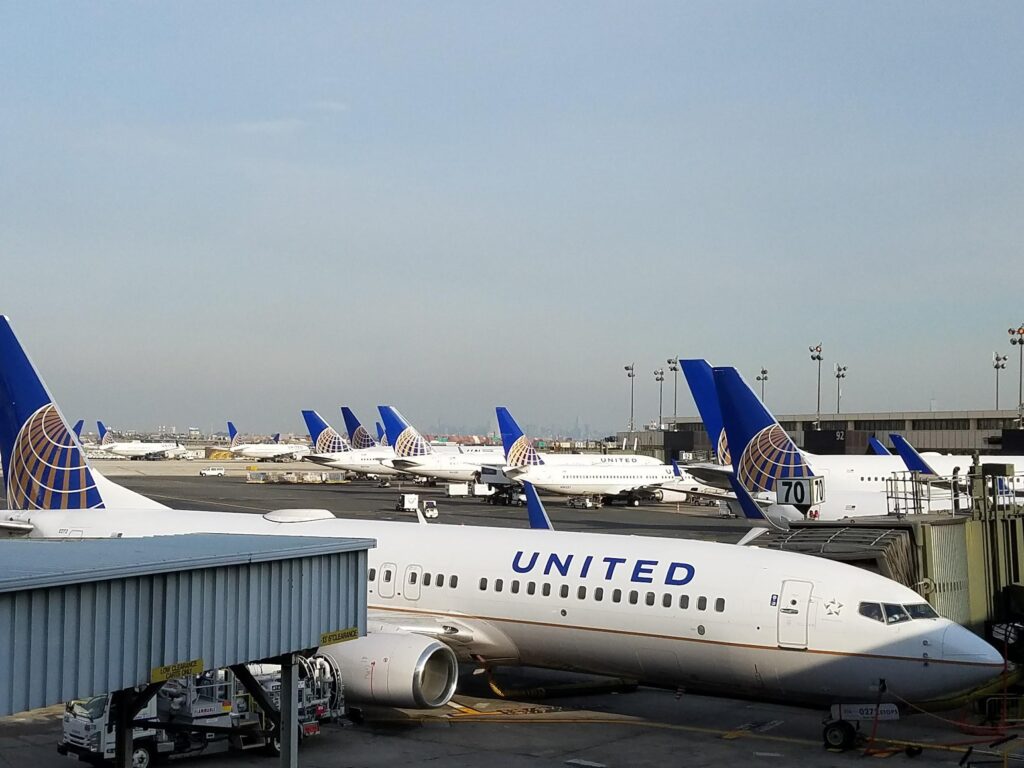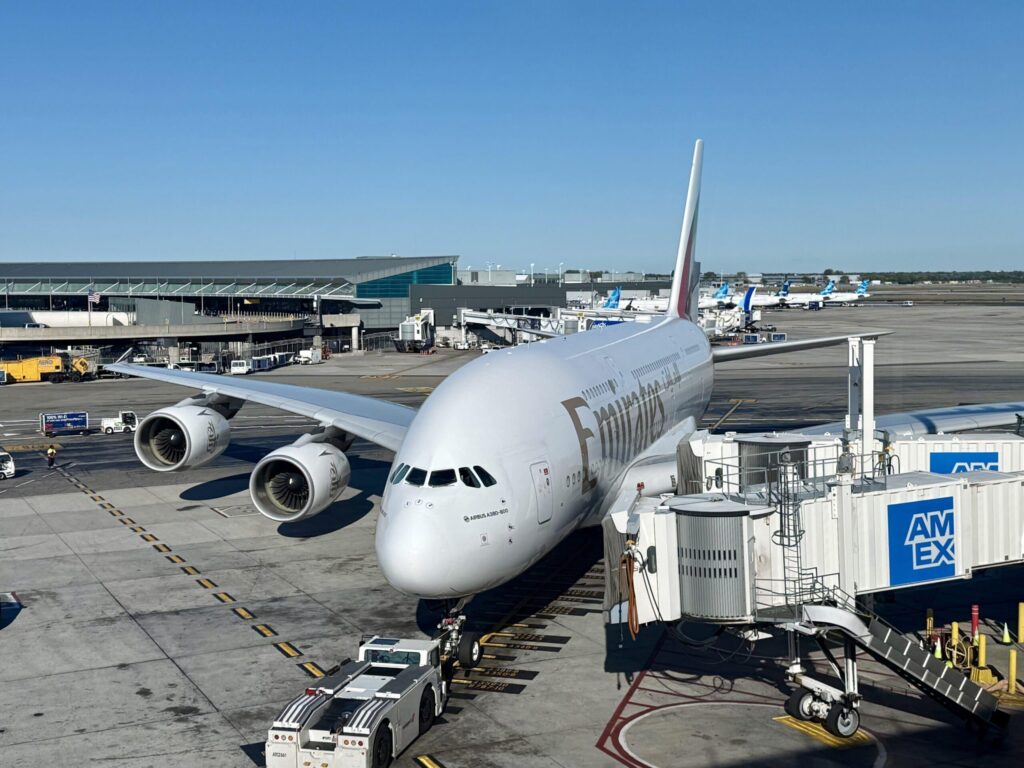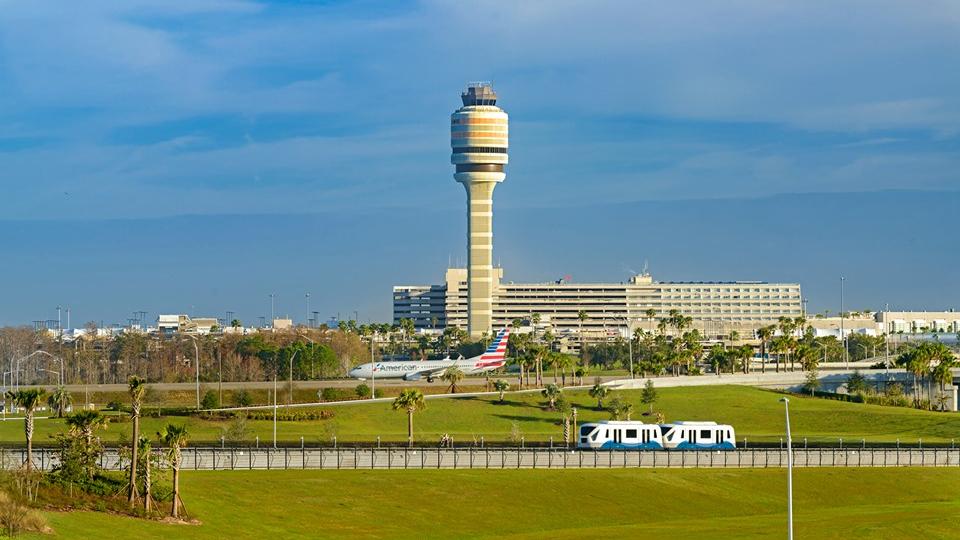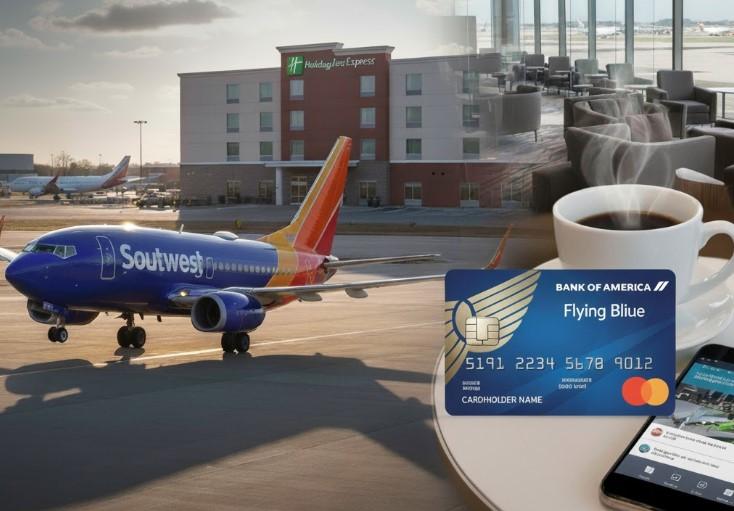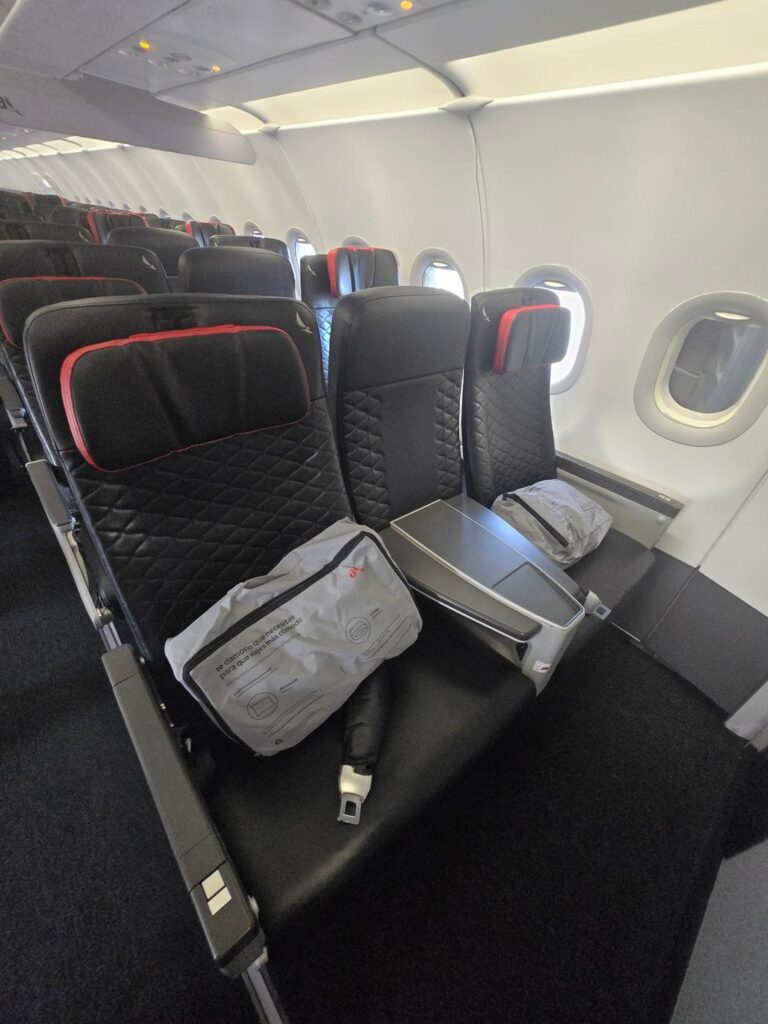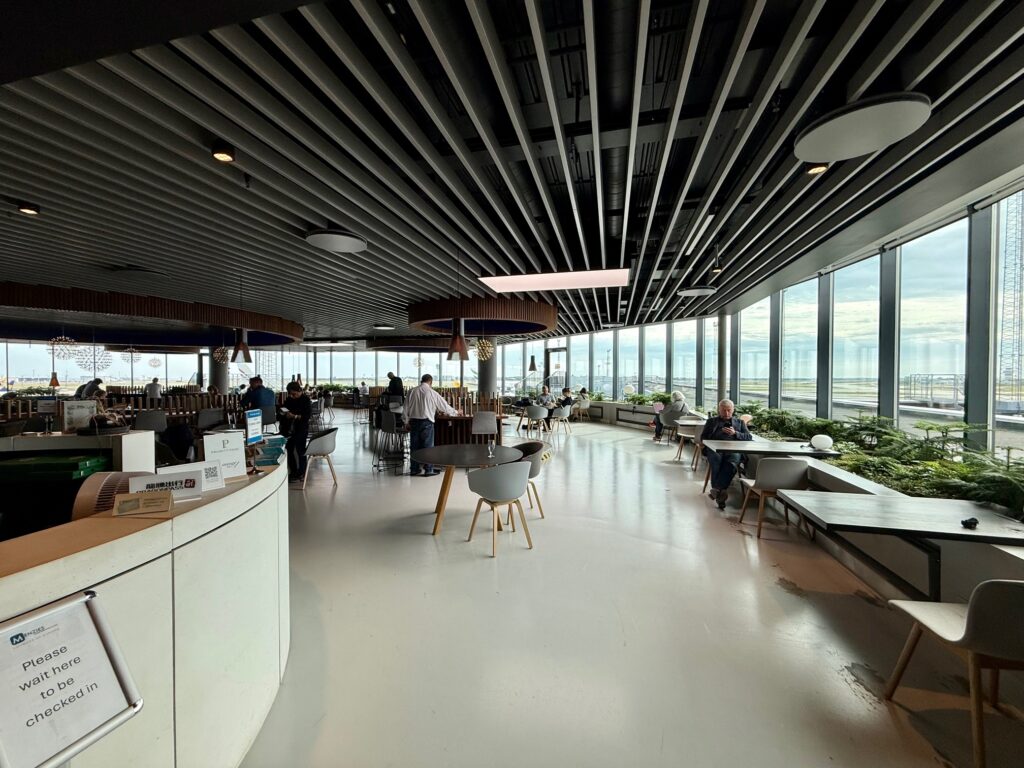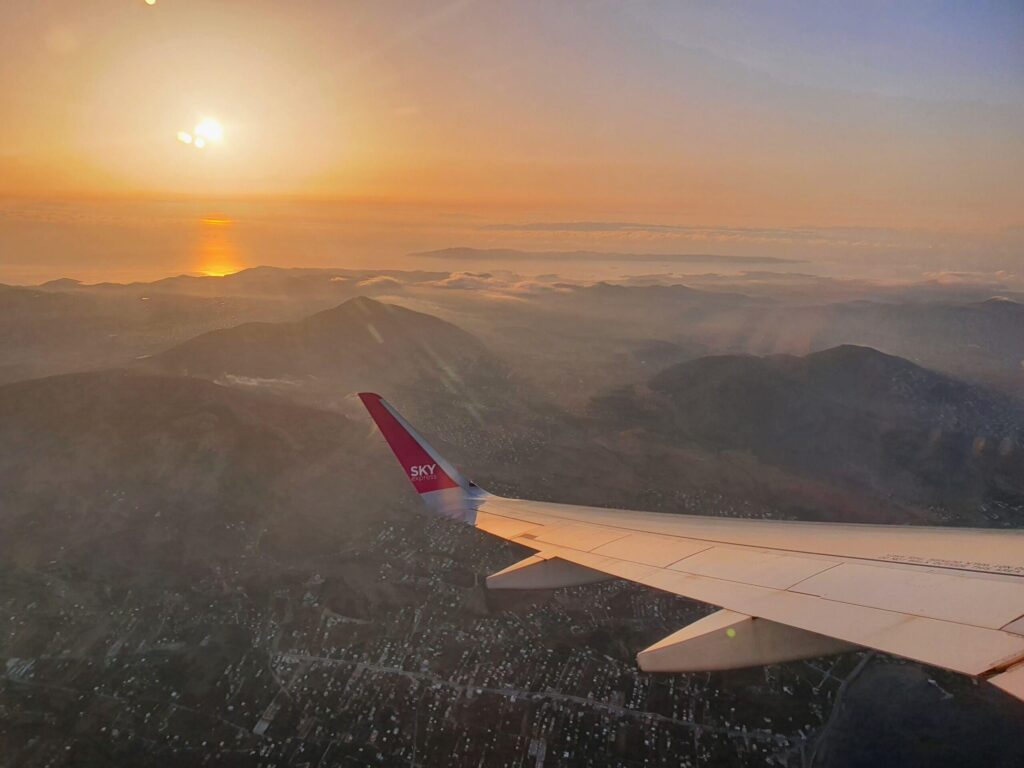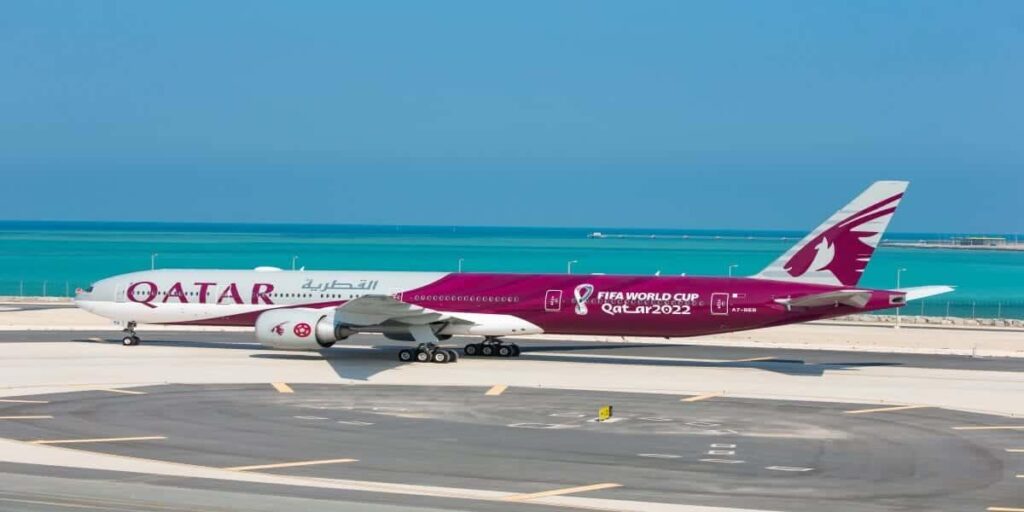
NextGen Acela: A High-Speed Boost for Northeast Travelers
After studying countless reports on high-speed rail systems and reading every travel blog post I could find, I’m thrilled to see Amtrak‘s upcoming NextGen Acela finally preparing to debut in spring 2025. These 28 all-electric train sets are billed as replacements for models that have served for over two decades, and in my view, they represent the next chapter of American rail travel—one that places innovation and passenger comfort at the forefront.
1) Faster Speeds & Smooth Rides
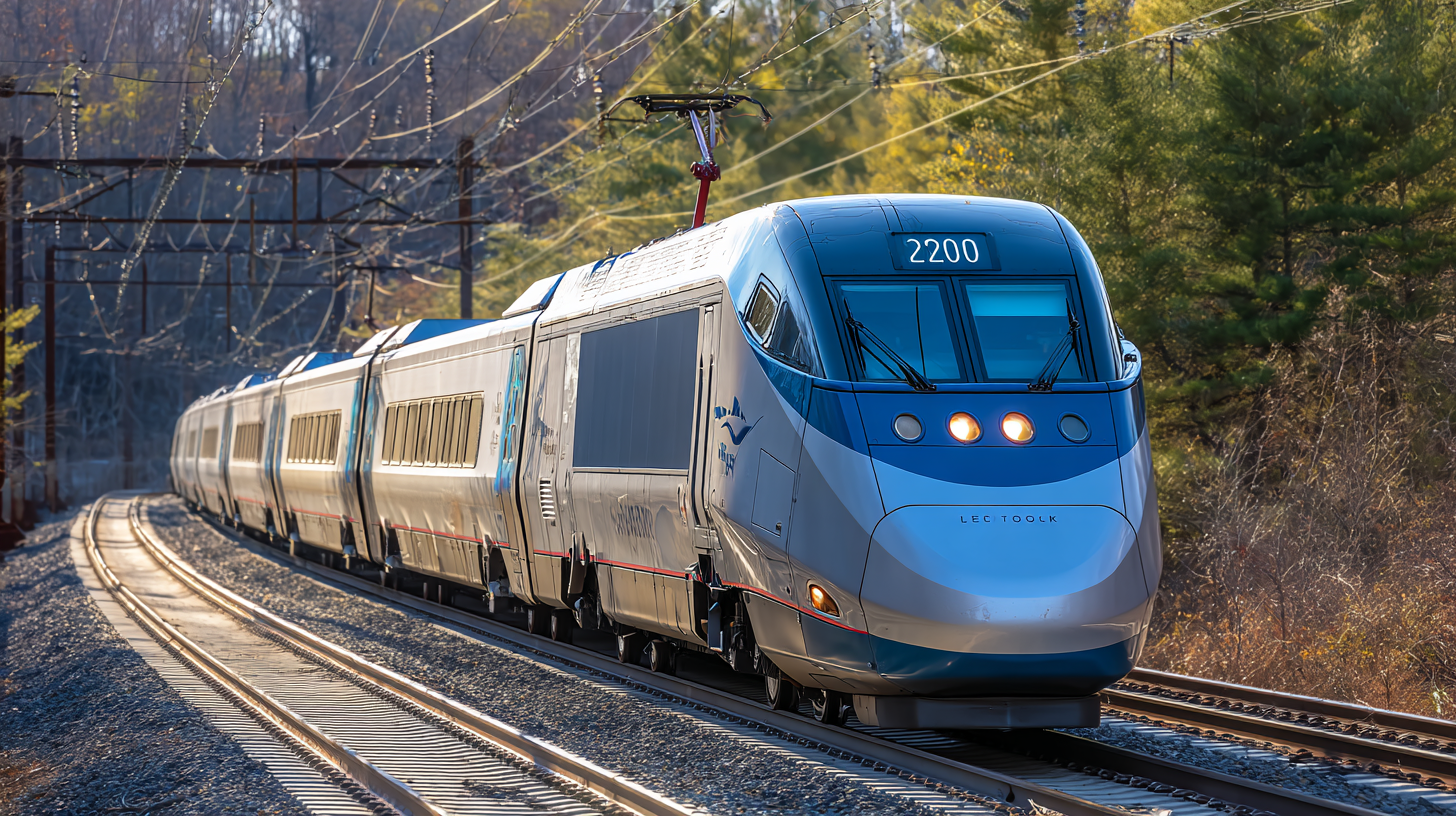
The NextGen Acela trains are engineered to reach up to 186 mph during tests, though they’ll be capped at 160 mph in practice along the Northeast Corridor. From what I’ve observed, this increase in speed could shave valuable minutes off trips between Washington, D.C., New York, and Boston. According to industry data, these new train sets have undergone over 900 trial runs in 2024 alone, which shows Amtrak’s commitment to ensuring a safe and reliable rollout.
In my own reading of European and Asian high-speed rail systems—like France’s TGV or Japan’s Shinkansen—smooth rides often come down to advanced suspension technologies and well-maintained tracks. I’ve noted that the NextGen Acela appears set to incorporate comparable suspension upgrades, lowering vibrational impacts and minimizing track noise. This not only improves comfort but also signals a leap toward the standard of global high-speed rail leaders.
Industry experts suggest these faster, smoother trains will greatly enhance competition against short-haul flights, potentially providing a more convenient option for many travelers. If you’ve ever dealt with airport security lines or road traffic on I-95, having a dependable rail alternative can be a major stress reliever. In fact, a recent study by the Federal Railroad Administration mentioned that expanded high-speed rail corridors could directly reduce congestion in nearby airports and on major highways.
2) Expanded Amenities for Modern Travelers
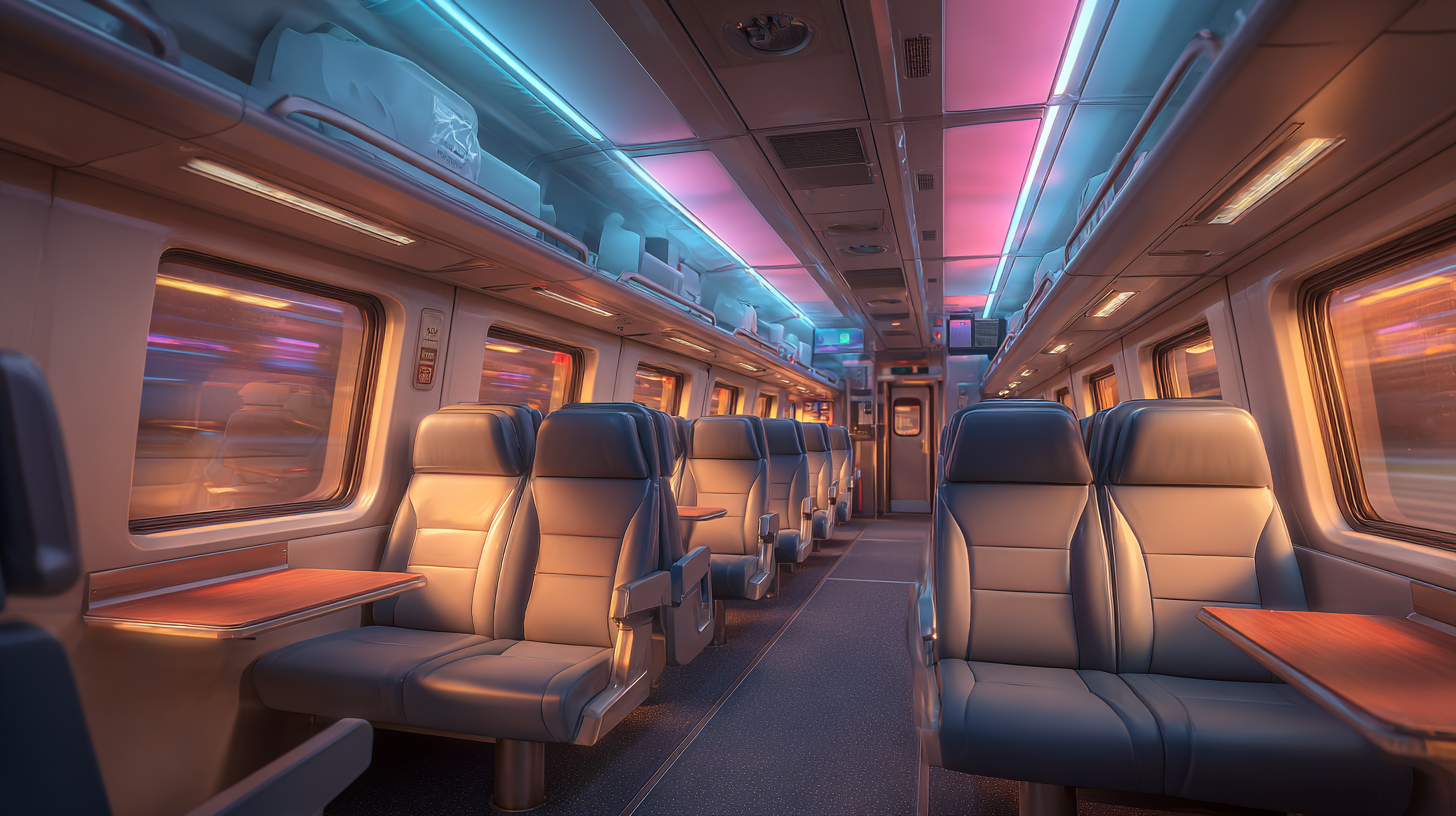
Modern rail travel isn’t just about speed; it’s about making the journey more comfortable and tech-friendly. With around 25% more seating capacity—accommodating up to 386 passengers per train—the NextGen Acela caters to both daily commuters and business travelers seeking a more relaxed environment than a cramped airline cabin. Each seat will feature personal outlets, USB ports, and winged headrests designed to offer some privacy in crowded coaches.
I’ve noticed that consistent WiFi access has become non-negotiable for travelers, whether for remote work or casual browsing. That’s why the free 5G WiFi on these trains is such a standout feature. It’s the kind of upgrade that can turn a two- or three-hour ride into valuable work time. Amtrak is also revamping its cafe services, hinting at improved menu variety in Cafe Acela—something I see as a welcome shift toward a more refined onboard dining experience.
Touchless restrooms and contactless doors further reflect how travel providers are streamlining journeys in a post-pandemic world. I’ve read multiple studies showing that consumer comfort with public transit often hinges on cleanliness and health-conscious innovations. Knowing this, Amtrak’s decision to add these features is both forward-thinking and closely aligned with what travelers now expect from top-tier transport services.
3) The Road to Launch
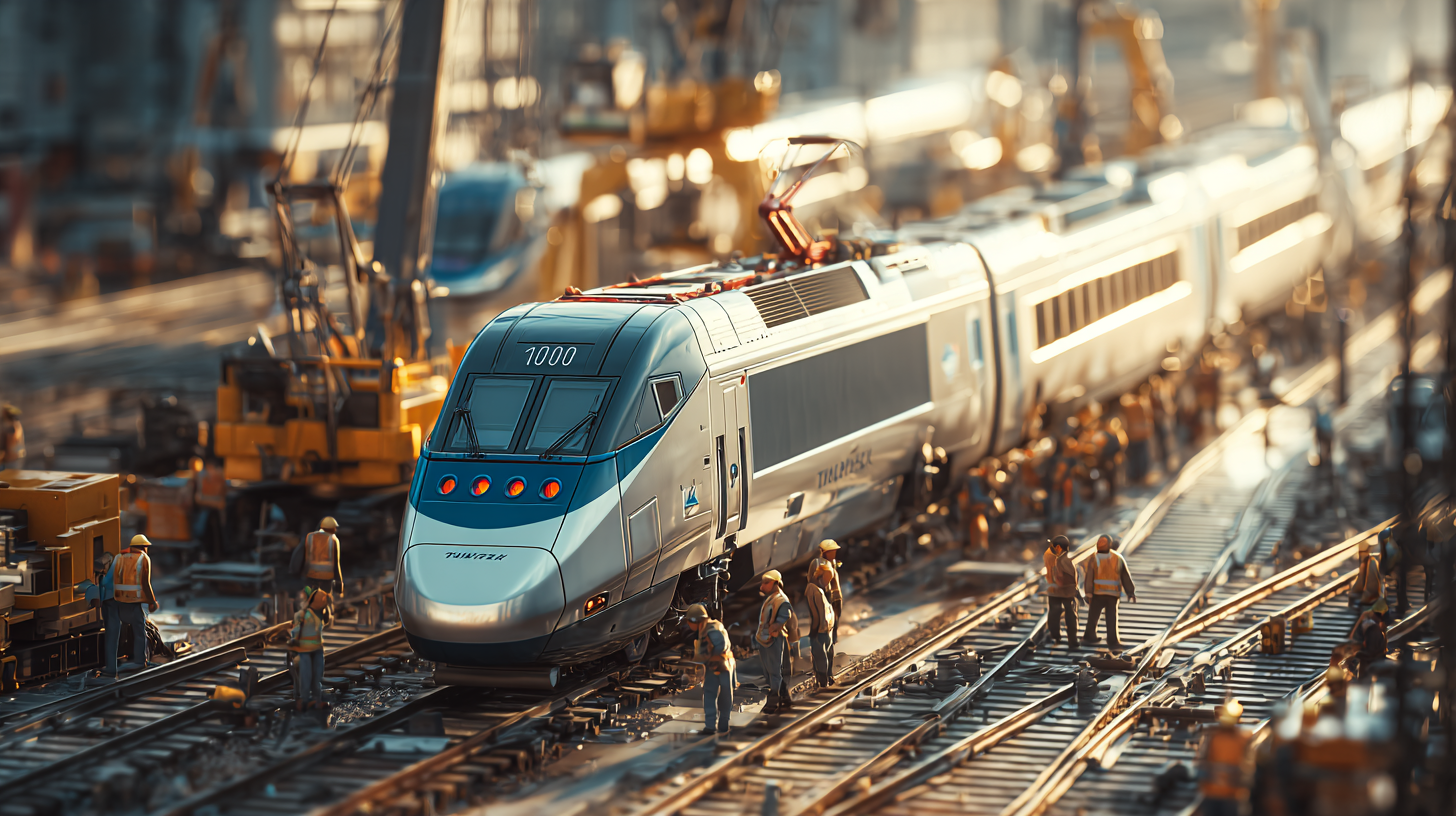
Although the original launch was planned for 2024, global supply chain constraints and other disruptions pushed the NextGen Acela’s debut to spring 2025. From where I sit, the extra time has allowed Amtrak to refine key safety systems and operational logistics. According to Amtrak’s own reports, that fine-tuning includes testing how the trains perform under different track conditions, as well as verifying high-speed reliability.
I’ve learned that major railway projects often face hurdles, especially when new technologies are involved. In this case, Amtrak has invested $2.45 billion in partnership with Alstom. That’s a substantial commitment aimed at meeting rising ridership—Amtrak recorded record numbers in the 2024 fiscal year and anticipates even more traffic once these sleek new trains officially come online.
In my research, I’ve seen how passenger rail has evolved globally thanks to consistent funding and modern engineering techniques. By devoting the necessary resources and time, Amtrak is positioning itself not just to replace older trains, but to make a statement that American high-speed rail can indeed move forward. It’s a challenge, but with the NextGen Acela, we’re inching closer to closing the gap with international rail standards.
4) Sustainability & Future Impact
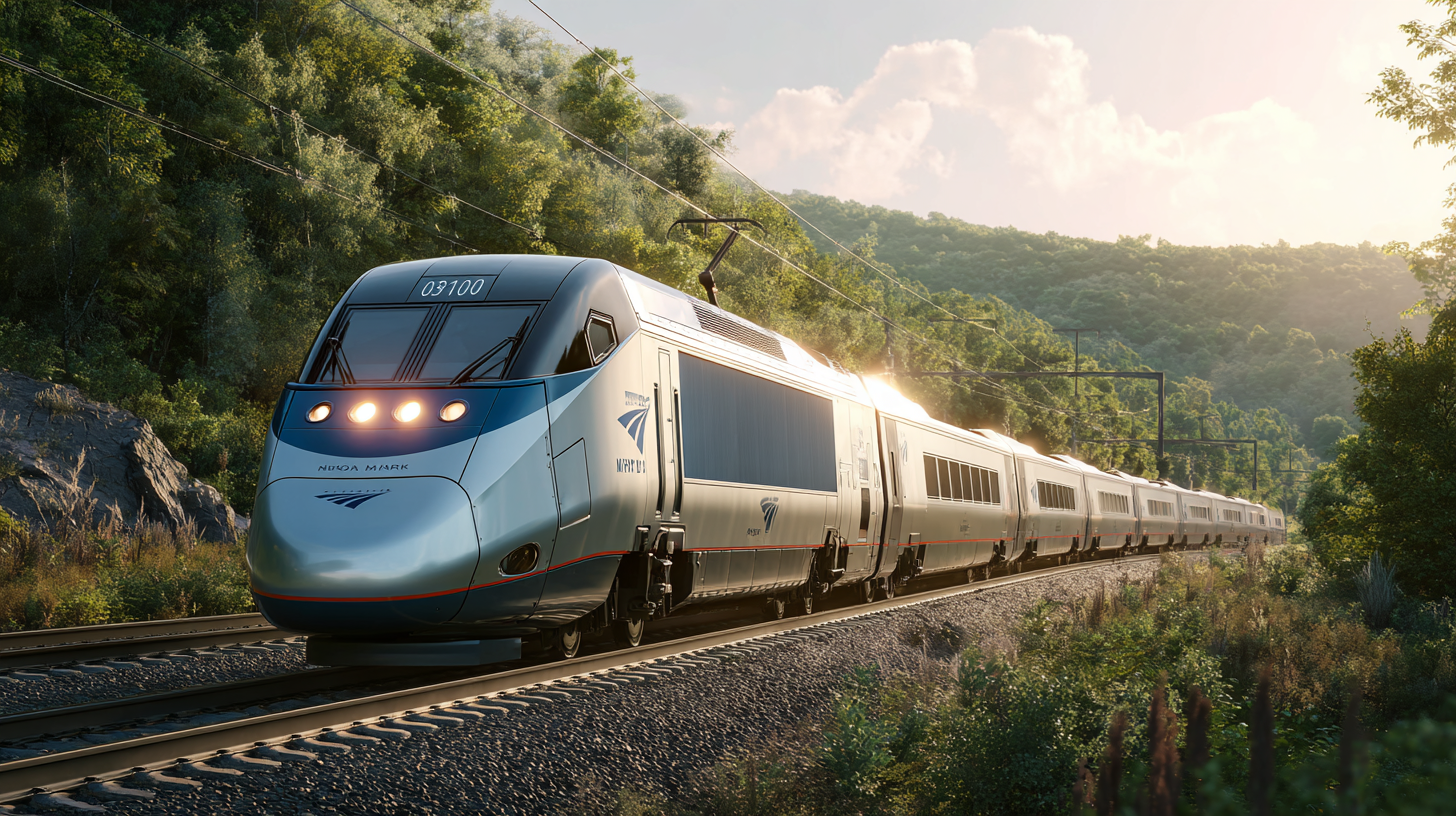
One of the biggest selling points of the NextGen Acela is its all-electric design, touted to use around 40% less energy per passenger. If we consider that a typical cross-country flight burns a substantial amount of jet fuel, shifting a portion of that traffic to more efficient electric rail could dramatically reduce carbon footprints. A recent study suggests that electric rail transport is among the cleanest long-distance travel options, second only to fully electrified personal vehicles in certain scenarios.
It’s not just about the Northeast Corridor. The success of NextGen Acela feeds into a broader movement in the United States, with projects like Brightline West aiming for a 186 mph link between Las Vegas and Southern California in 2028, and California’s specialized 220 mph system projected for the early 2030s. In my view, having multiple high-speed rail initiatives under development underscores a national shift toward more eco-friendly travel.
Amtrak’s plans to roll out its Airo fleet in 2026 show that the company is playing the long game in balancing capacity, environmental responsibility, and passenger satisfaction. As the technology progresses and ridership demands grow, these developments have the potential to redefine how Americans think about travel. While there’s still work to be done, each completed milestone moves us closer to a cleaner, faster future on the rails.
Final Thoughts
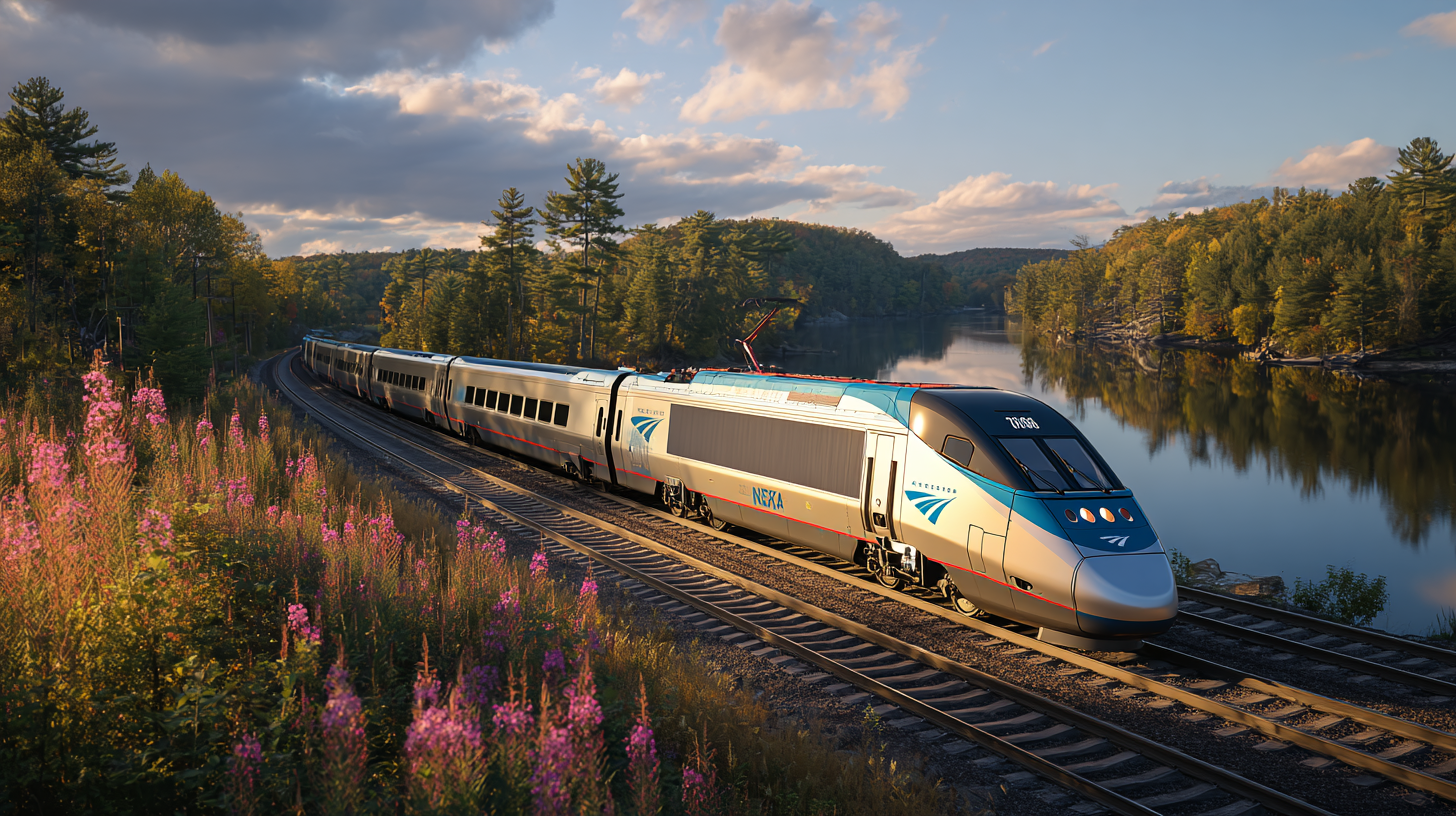
The NextGen Acela represents not just a new train, but a transformative outlook for U.S. rail. From my vantage point, it symbolizes a growing determination to make rail more than a nostalgic afterthought—something exciting, relevant, and future-forward. If executed well, this upgrade can reshape perceptions of train travel and encourage more people to trade congested highways and airports for the ease of a seat on a high-speed line.
Everything I’ve encountered—from official industry data to real-world anecdotes—points to the fact that passengers crave reliable, comfortable, and green transportation solutions. That’s why these new Acelas, with their state-of-the-art features and eco-friendly design, are so important. They stand as a milestone in our collective push for better mobility options across the country.
Sky Skylar’s Take
Whenever I read about high-speed rail, I can’t help but think of all the potential ways it could revolutionize the travel experience for everyone. The Northeast Corridor is just the beginning, and if these trains work as smoothly as promised, why not dream of a larger network that spans the nation?
We’re essentially on the cusp of a new era in American train travel, and from my own perspective, there has never been a better time to get excited about the rails. The NextGen Acela is about proving what’s possible, and I can’t wait to see where this journey takes us.
BoardingArea is your go-to destination for more travel insights just like these.

